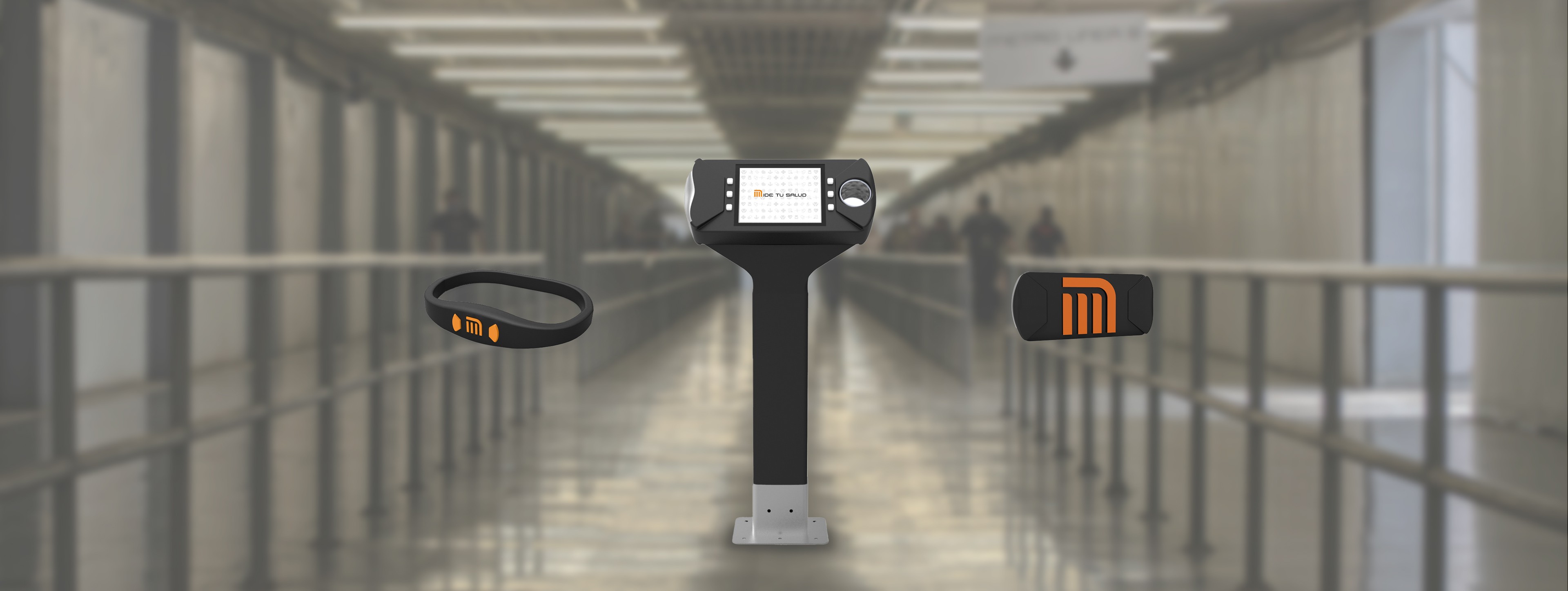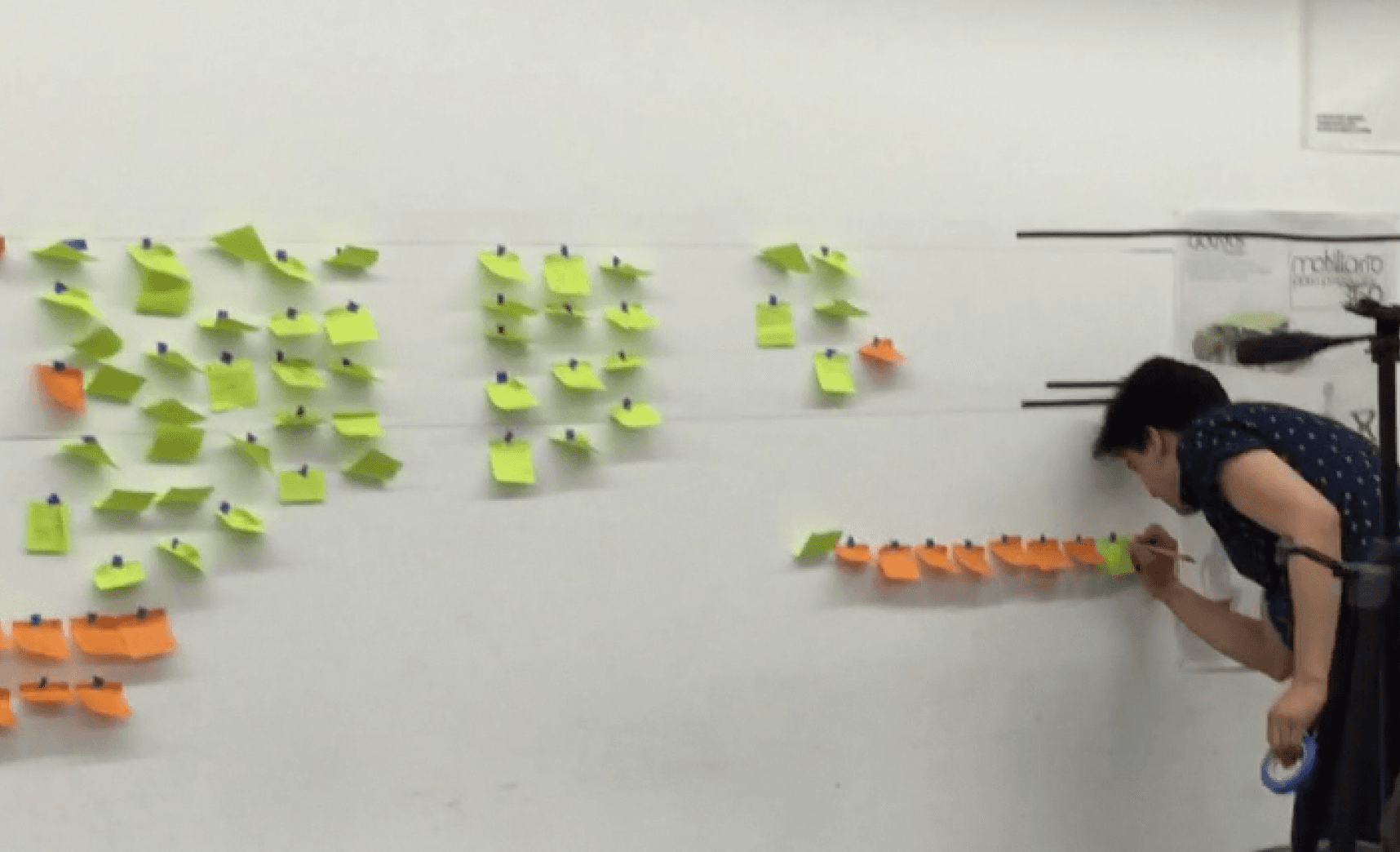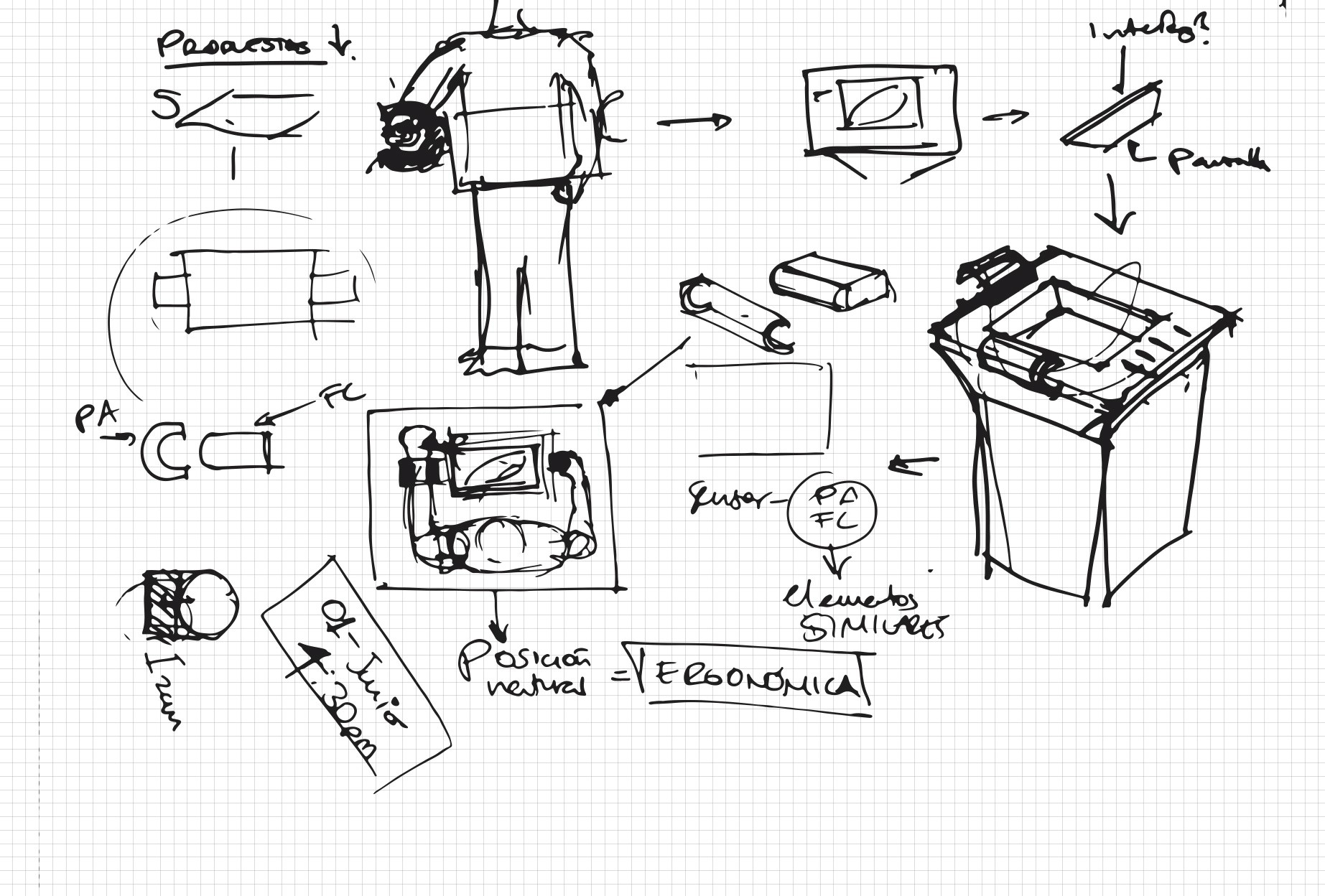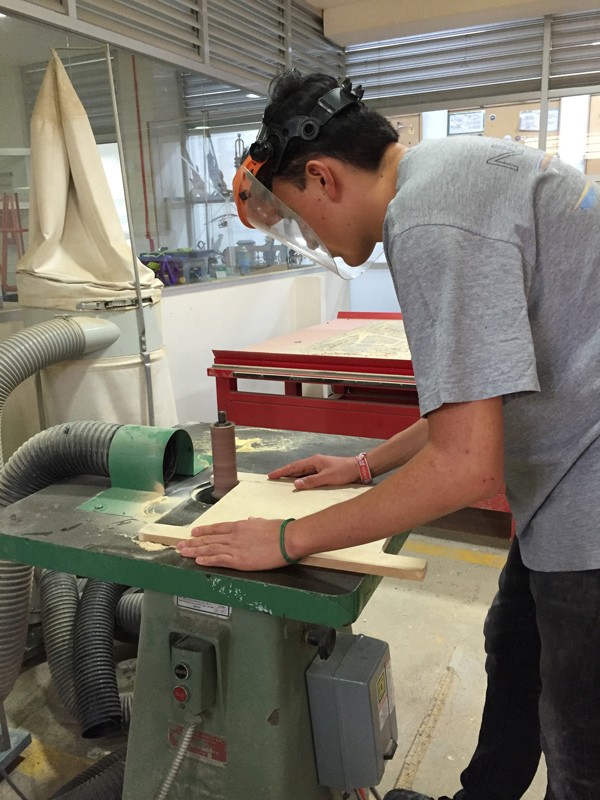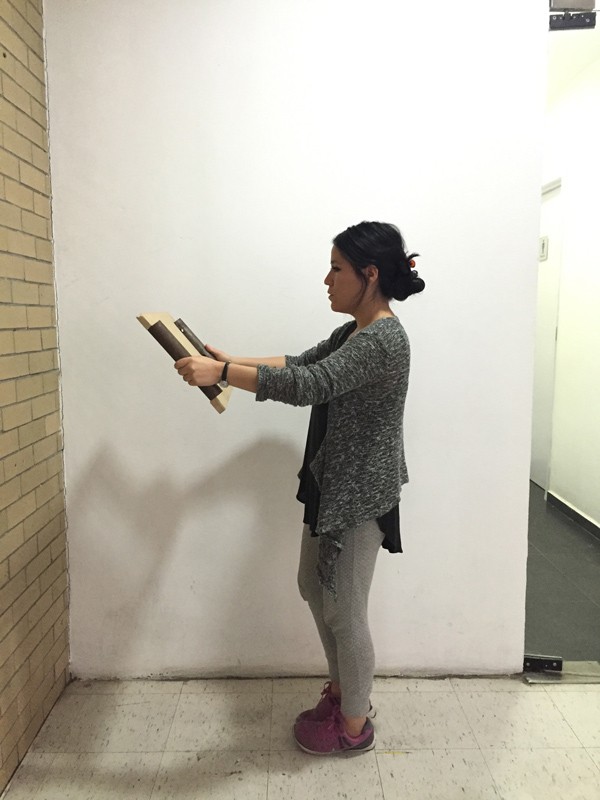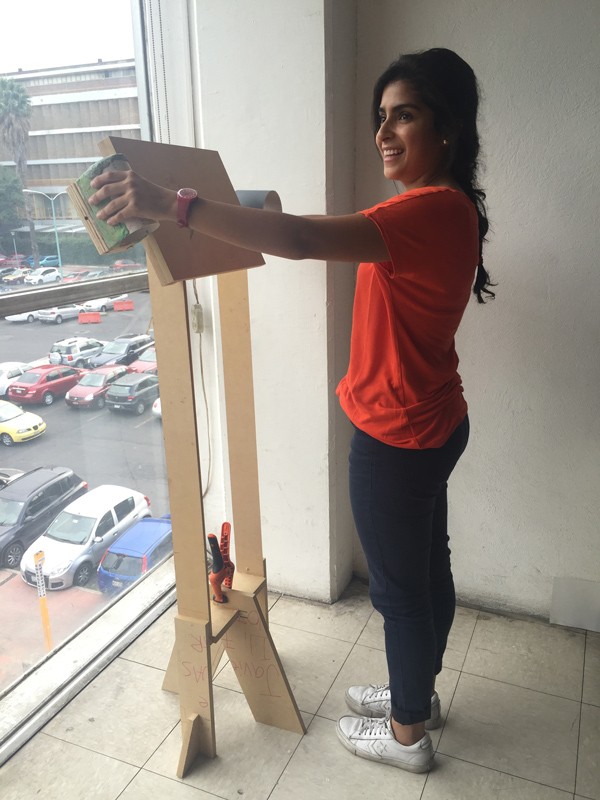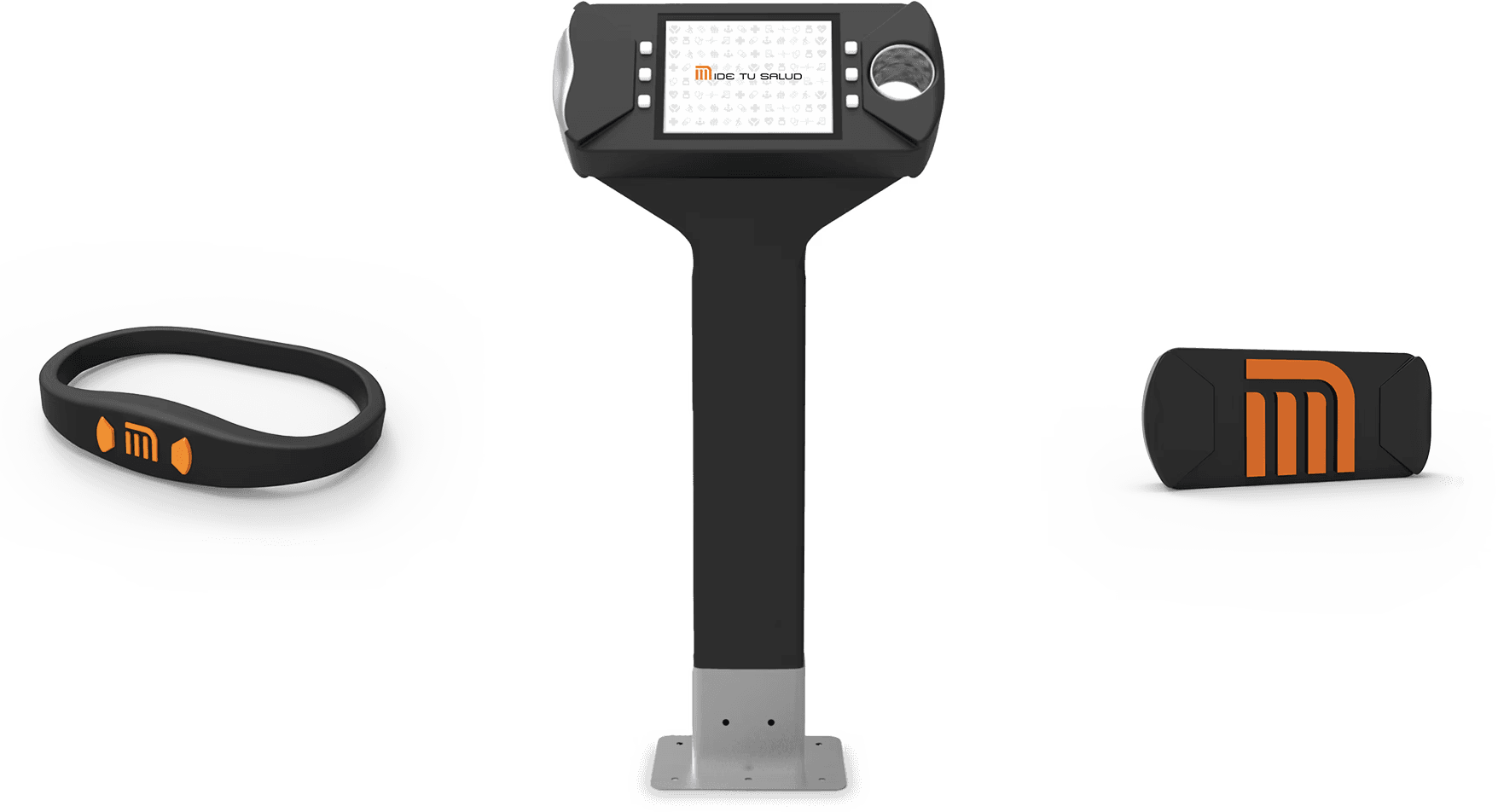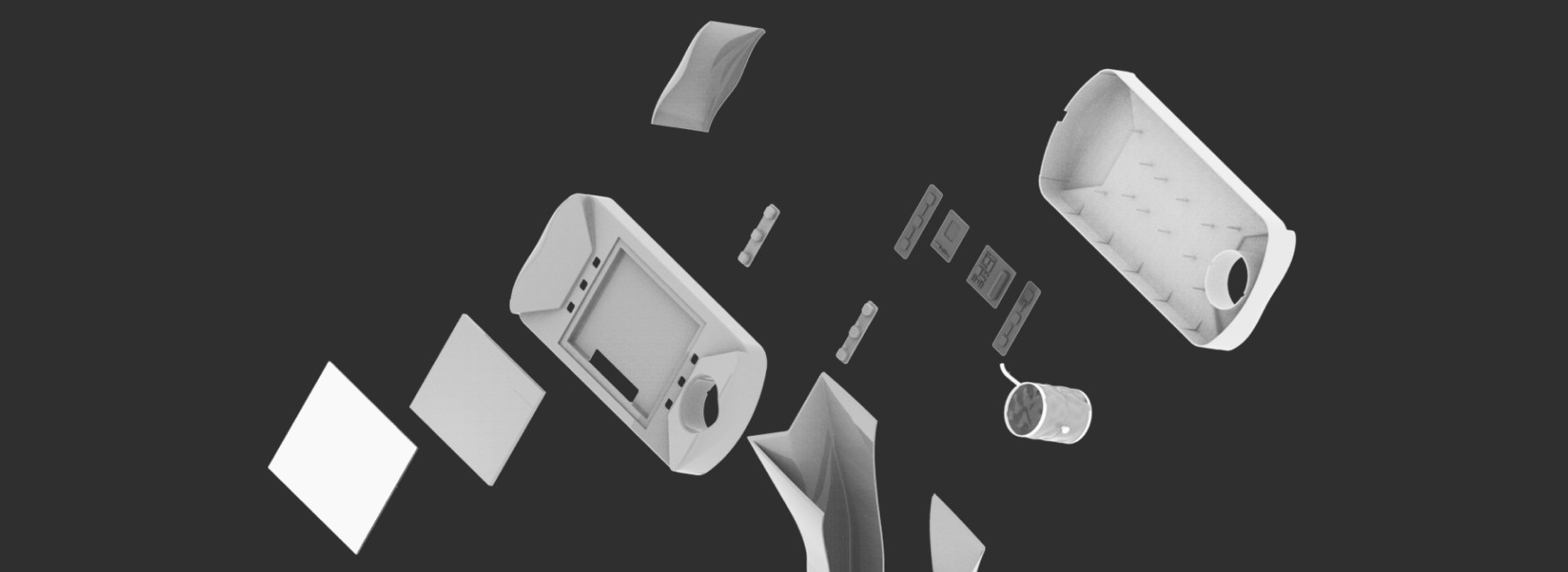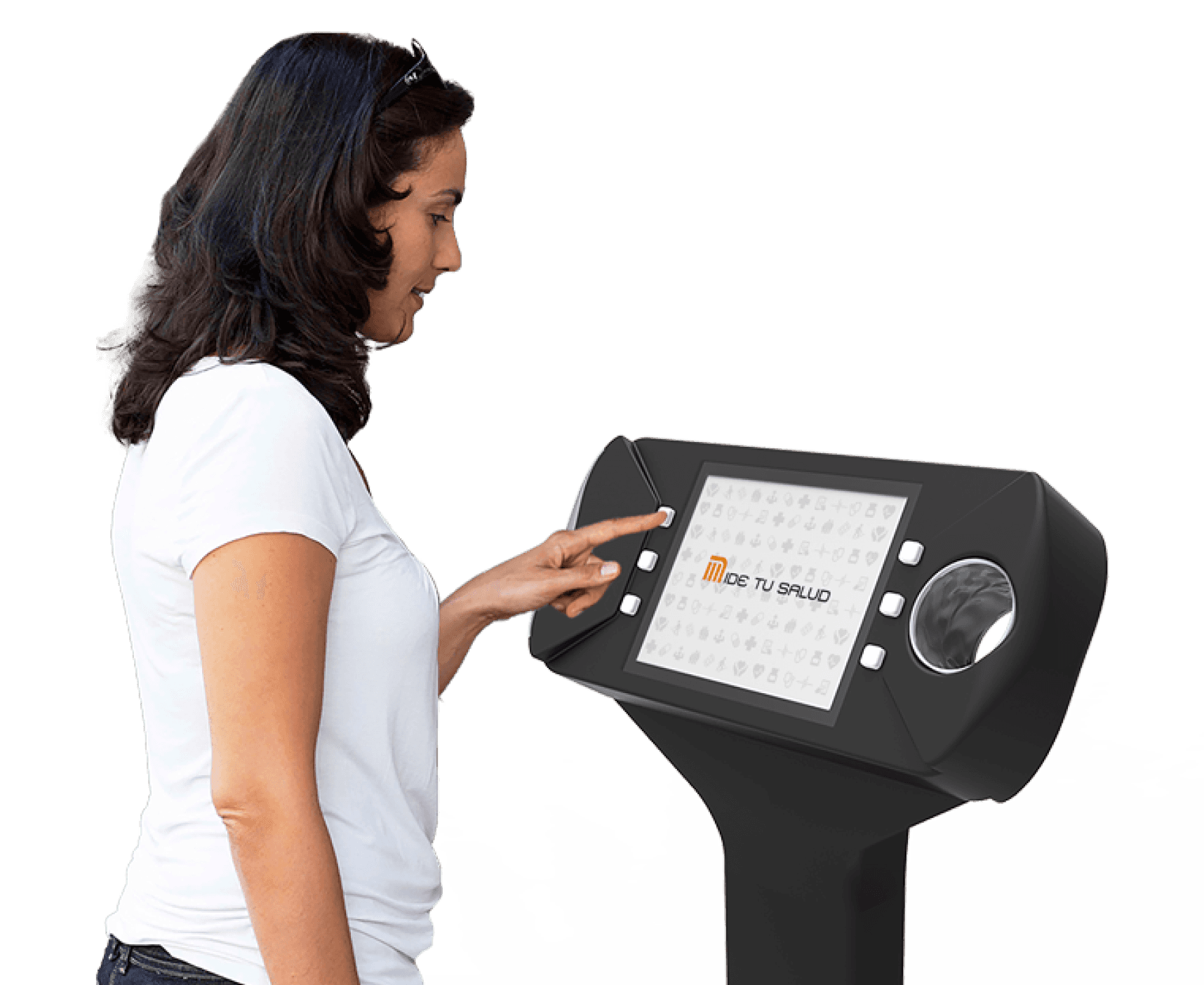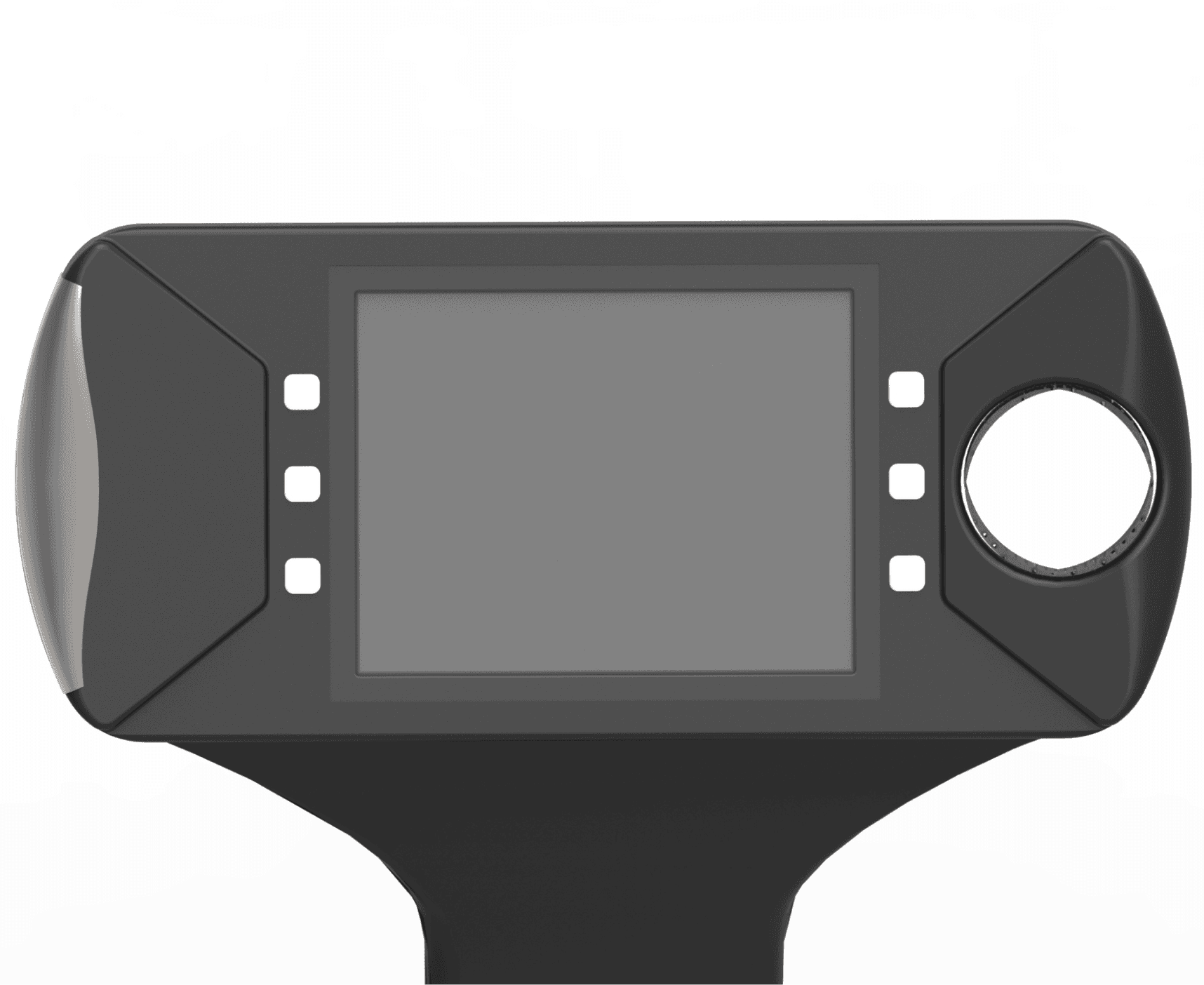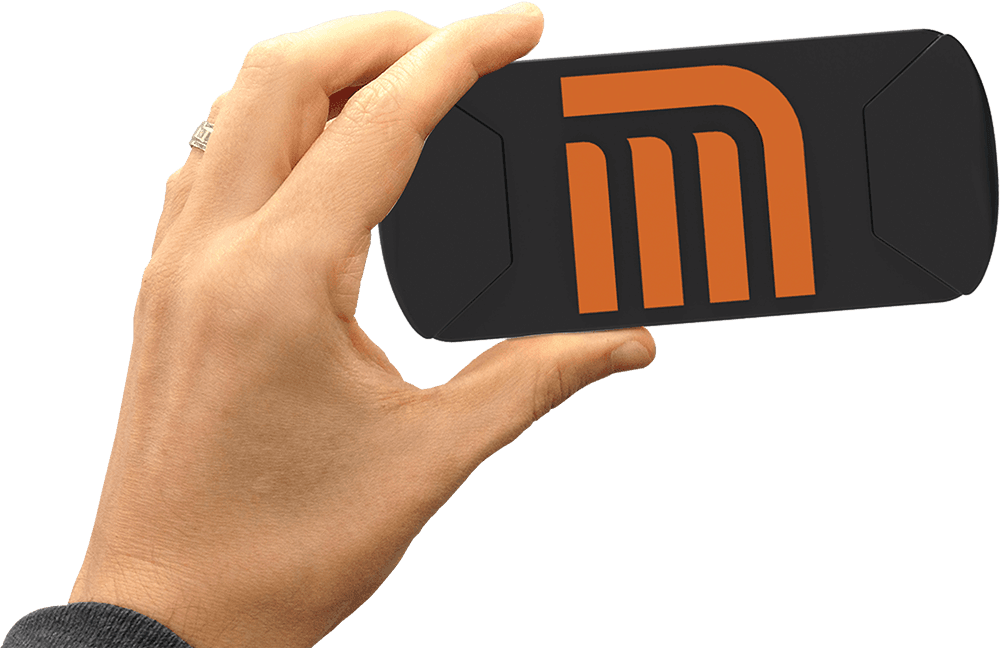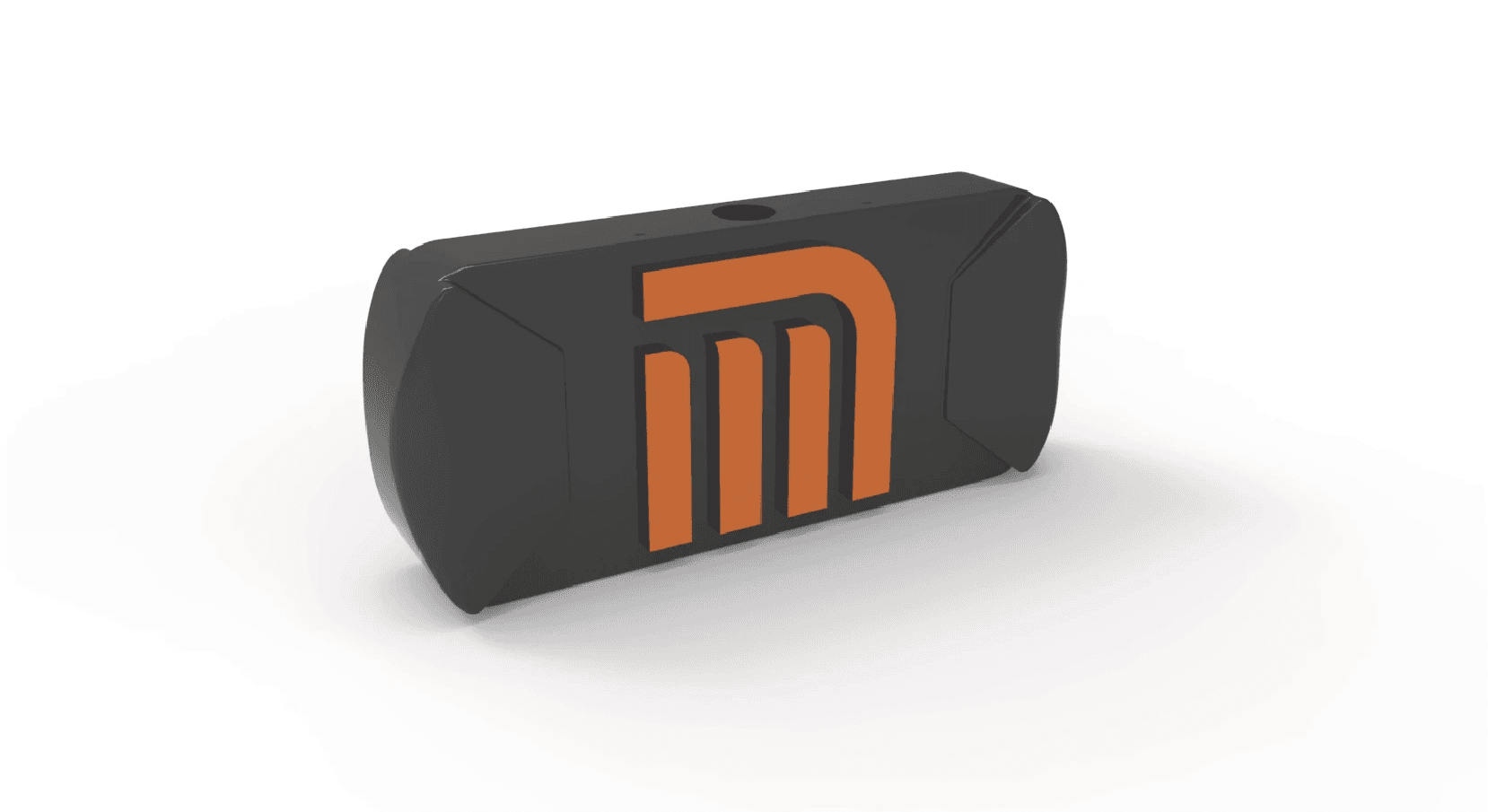Health Promotion System in Mexico City's Metro:
Incentive-based Exercise Tracking
To complete my Industrial Design degree, I worked on a thesis project with one peer. Starting from scratch with a wicked problem, we were tasked with identifying a current issue and developing a solution that could improve people’s lives. Instead of focusing solely on designing a product, we aimed to create an entire experience and service where physical objects supported a larger system.
Solution: We designed a health-tracking system for Mexico City’s Metro, combining accessible health stations with wearable technology to encourage physical activity among commuters.
Role in the project
Secondary research
User data research (quantitative and qualitative)
Brainstorming workshop leadership
Concept/design development
Low fidelity prototype
Rendering
Software used
SolidWorks
KeyShot 4
Adobe Photoshop
Adobe Illustrator
Adobe InDesign
Research
We used the Double Diamond methodology to explore Mexico’s health metrics and found that long commutes and a sedentary lifestyle significantly contributed to obesity and heart disease.
Design Process
Our design process included iterative sketching and low-fidelity prototypes to test ergonomics and functionality, using percentile data for accuracy.
Final Design
The Health Promotion System consists of three products that work together to encourage physical activity in Metro stations:
1. MetroHealth Station
The Health Promotion System consists of three products that work together to encourage physical activity in Metro stations:
2. StepSync Bracelet
A wearable that tracks steps and syncs with beacons in the Metro to motivate users to take longer routes and use stairs.
3. MoveBeacon Sensor
These sensors are placed throughout Metro stations to track users' movements and sync with the StepSync Bracelet.
User Flow Example
Commuters can check their health metrics at the MetroHealth Station and wear the StepSync Bracelet to track their steps. As they move through stations, the MoveBeacons log their steps, and rewards are provided for increased activity.
